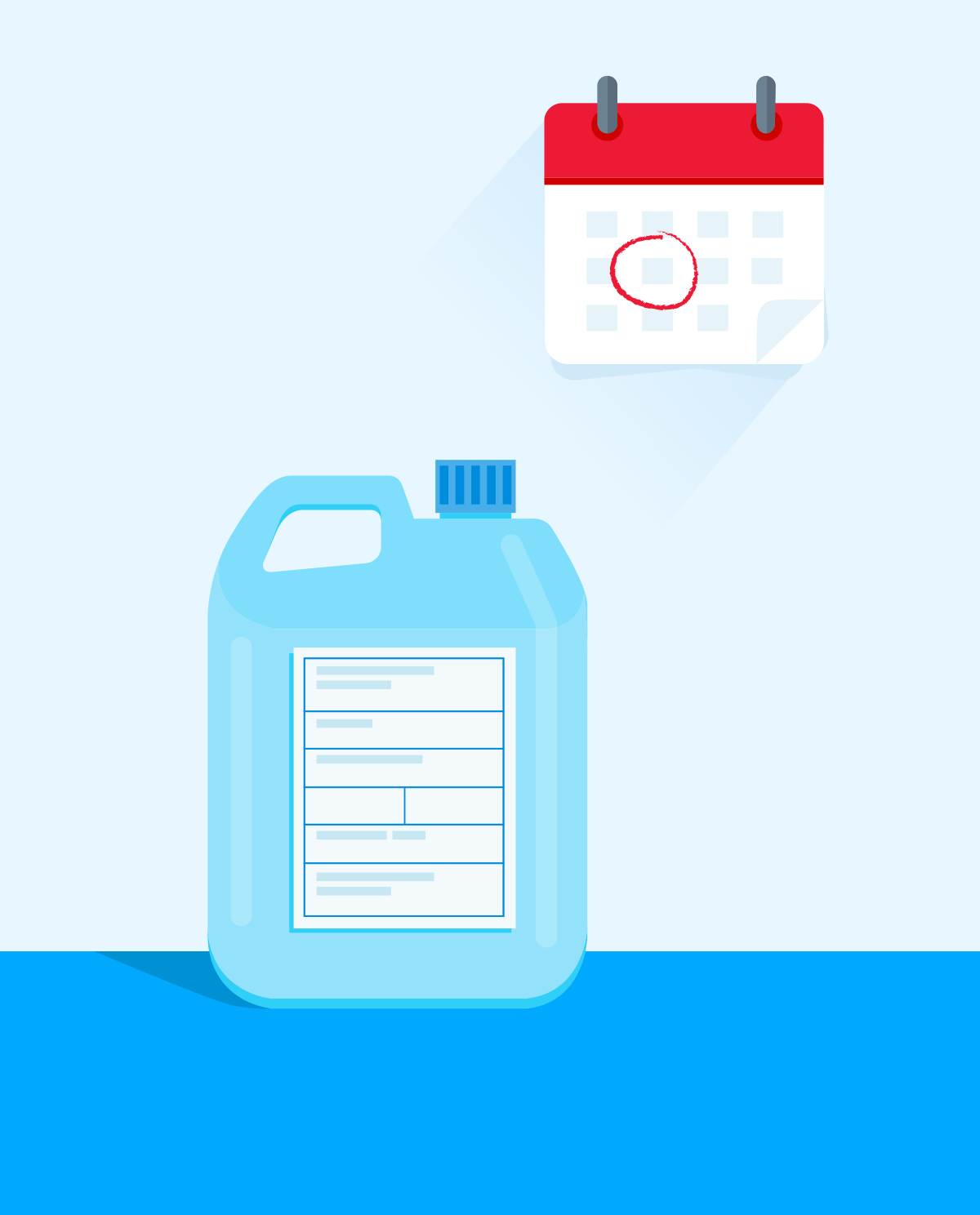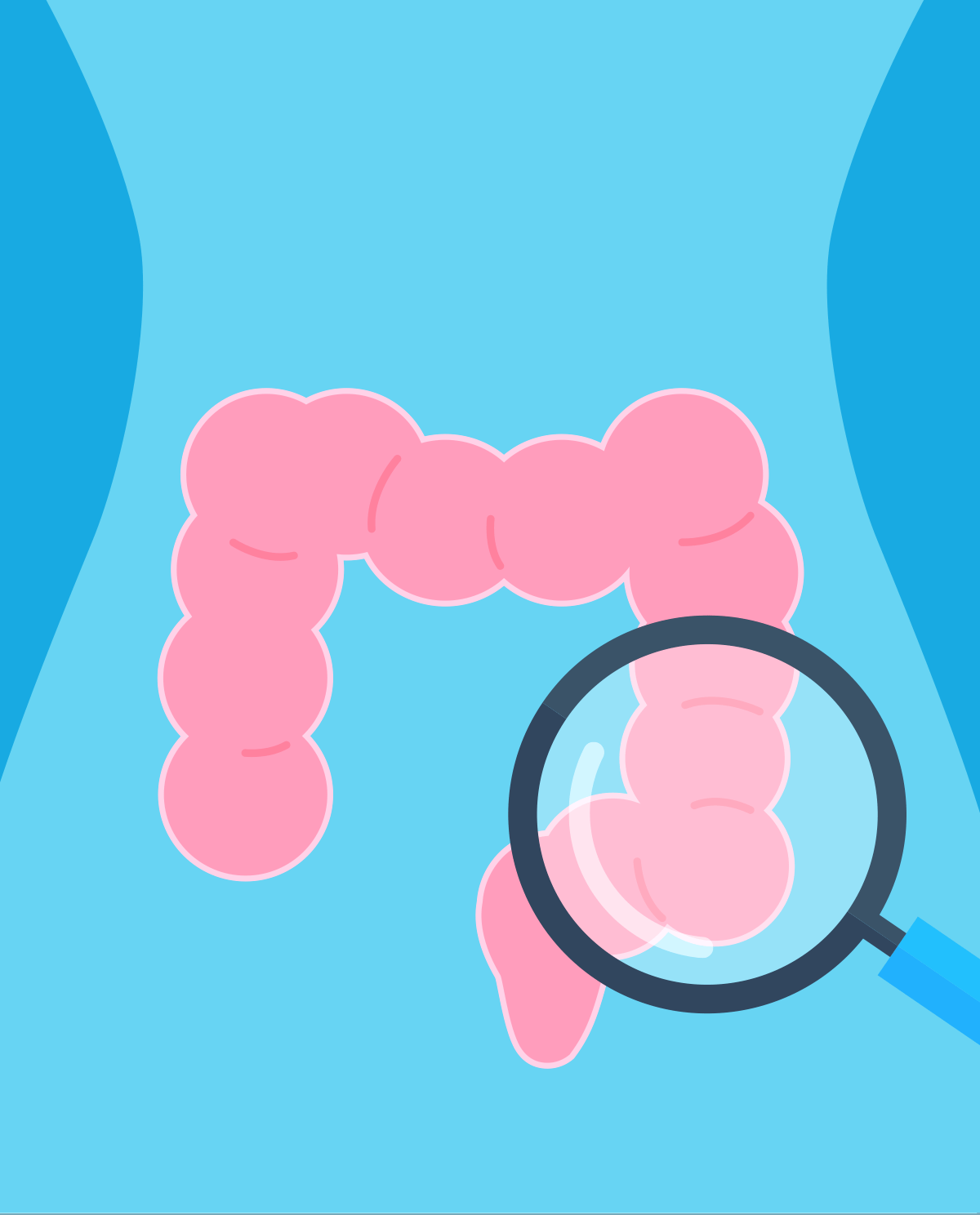- Before the planned collection of a urine sample, it is recommended that you:
- 1. Provide yourself with a disposable urine container
- 2. A moderate diet, alcohol and liquids
- 3. Avoiding excessive physical strain and standing still for longer than usual
- 4. Abstaining from sexual intercourse for 24 hours before sampling
- 5. Avoidance of examination during menstrual bleeding and 2 days before and 2 days after menstruation
- What techniques should be used to give a proper urine sample?
Inadequate preparation for testing and sampling and storage may cause false results. Therefore, before doing a general urine test, there are a few basic rules to keep in mind.
Before the planned collection of a urine sample, it is recommended that you:
1. Provide yourself with a disposable urine container
Urine is put into a special, disposable container that can be purchased at any pharmacy. Remember that in the case of bacteriological tests (urine culture), the container purchased must be sterile. It is unacceptable to urinate into bottles, jars and other containers not intended for this purpose. Residues of various substances, such as sugar or the presence of bacteria can seriously disturb the interpretation of results. The disposable urine container does not need to be scalded or prepared in any other way.
2. A moderate diet, alcohol and liquids
A few days before the planned examination, it is important to eat a moderate, standard diet and to take in a normal amount of fluids, consistent with the feeling of thirst. Your diet has a huge impact on urine analysis. An excellent example of this are beetroots as they colour the urine red. A diet high in meat lowers the pH of urine, while a milk or vegetarian diet raises the pH. Ketone bodies, which should not be in the urine, may appear in it as a result of alcohol abuse or the use of a fatty diet. Drinking the right amount of fluids prevents both excessive urination (too little fluid) and its dilution (too much fluid). In the general urine test this is expressed by specific gravity.
3. Avoiding excessive physical strain and standing still for longer than usual
Excessive physical activity may result in the appearance or increase of urine levels of protein and ketone bodies. Spending long periods of time in a standing position often results in the occurrence of orthostatic proteinuria.
4. Abstaining from sexual intercourse for 24 hours before sampling
A urine test after sexual intercourse may be difficult because of sperm present in the urine. Their large numbers prevents an accurate microscopic assessment of the urine sediment. There may also be minor lesions of the urethra, which will result in the presence of an increased amount of epithelium, red blood cells or the presence of bacteria in the urine.
5. Avoidance of examination during menstrual bleeding and 2 days before and 2 days after menstruation
In the case of sampling during menstruation, the urine is often contaminated with a large amount of red blood cells and epithelia which makes it impossible to obtain reliable results. The doctor may interpret this result as a haematuria or haematuria and suspect, for example, kidney stones or nephritic syndrome.
What techniques should be used to give a proper urine sample?
1. Morning urine
The recommended time to take a urine sample is as soon as you wake up, i.e. urine after an overnight 8-hour rest or if it is impossible, after at least 4 hours from the previous urination. This is important to prevent the occurrence of functional proteinuria, which occurs most often as a result of staying in a standing position for a long time, physical exertion and stress.
2. Genital hygiene
Before taking the sample, wash your hands with warm soapy water and thoroughly wash the urethral region with warm water and soap or an intimate hygiene wash. For women, hygiene in the area of the labia is particularly important, and the washing itself should be done from the front towards the anus, never in the opposite direction. Men are advised to thoroughly clean the penis. A disposable towel should be used for abrasion. Keeping strict hygiene rules means that by getting rid of bacteria from the body’s surface your urine results will be more reliable, if bacteria from the body enters the sample, it may falsify the test results.
3. "Mid-stream" urine sample
Once you have started to urinate, collect a "mid-stream" urine sample, this means you do not collect the first or the last part of urine that comes out, you collect it in the middle of urination. The collected urine sample for the general examination should have from 20 to 100 milliliters, depending on the size of the previously purchased container. The sample for culture urine may have a few milliliters. Transfering urine from the toilet, potty, swimming pool, etc. to a container is not allowed due to the presence of bacteria.
4. Proper description of the sample
The container should be legibly signed with your name and surname, current date, time of collection and your date of birth etc. Some laboratories ask for a specific description to be added to the container, e.g. a patient identification number.
5. Immediate delivery of the sample to the collection point
The container with the collected urine sample should be sealed and delivered to the collection point as soon as possible. The container can be additionally secured by placing it in a sealable plastic bag. If the sample can not be delivered immediately after collection, place the container in the refrigerator (do not freeze it) and bring it to the test as soon as possible. If tested for culture, the sample may not remain in the refrigerator for more than 2 hours. Immediate delivery of the sample to the collection point prevents the bacteria from multiplying.
- Interna Szczeklika 2018 Handbook of Internal Diseases. Authors: Piotr Gajewski, Andrzej Szczeklik. Publisher: Medycyna Praktyczna.
- Bulletin of the Polish Society for Laboratory Diagnostics.
- http://www.mp.pl
- https://nefrologia.mp.pl/diagnostyka/51970,ogolne-badanie-moczu








